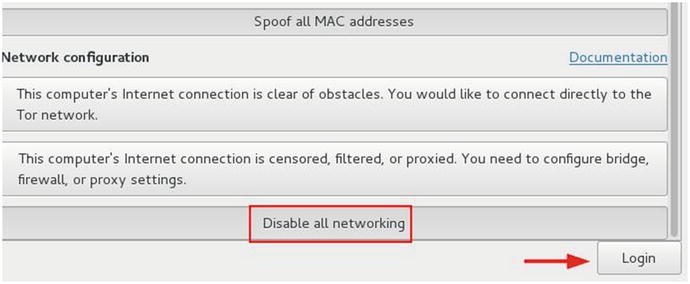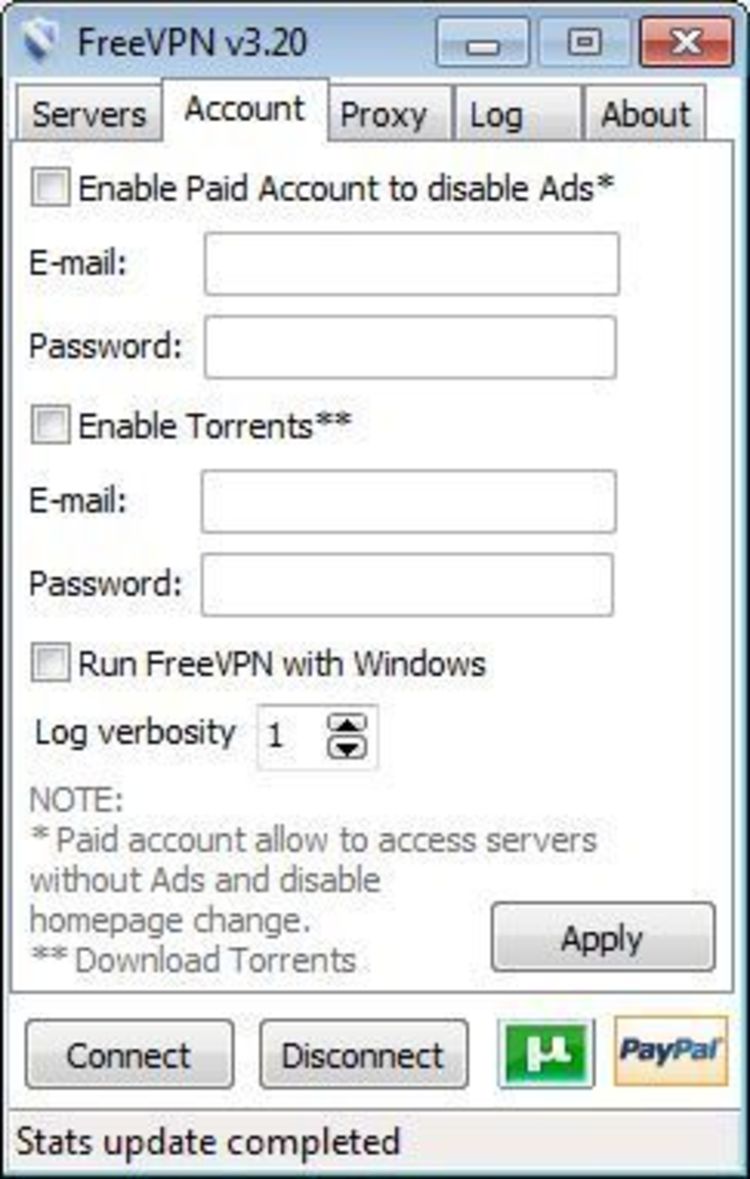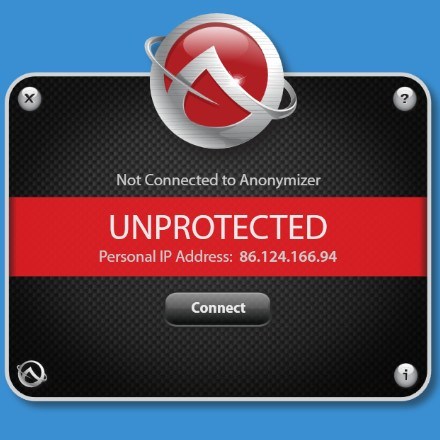

If you absolutely must, then you need to encrypt your connection with CyberGhost VPN. No matter what you use to surf the internet, you can secure your internet traffic.Īs a general rule, you’d best avoid HTTP sites. As a universal security tool, a VPN is great for boosting your privacy by preventing further snooping on HTTP and HTTPS alike.ĬyberGhost VPN also has VPN apps for all major operating systems, like Windows, macOS, Android, iOS, Linux, and many others. You can’t force websites to always use HTTPS, but you can secure your connection with a VPN. If you’re not a domain owner and just want to stay safe online, you’ll need to take a proactive approach. Keep in mind that to use Certbot, you’ll need: The exact steps depend on your setup, but Certbot thoroughly explains the entire process. Let’s encrypt recommends a Certbot ACME Client, so choose that option.This means you have command line access which makes things a lot easier for you. It’s recommended to renew the certificate every 60 days, though, to ensure your website stays secure.įor the purpose of this guide, I’ll assume you have Shell (SSH) Access to your server.

These certificates are valid for 90 days.
#Download anonymizer universal vpn free
As a nonprofit, they offer Domain Validation (DV) certificates free of charge. Let’s Encrypt is a global Certificate Authority (CA).
#Download anonymizer universal vpn install
If you want to install it yourself, for free, you’ll need a SSL/TLS certificate. If you use a web hosting provider, they may offer HTTPS setup. Secure Your Traffic Make Your Site HTTPS in 5 Easy Steps It even comes included with some privacy browsers, including Brave and Tor. It’s compatible with major browsers like Chrome, Firefox, and Opera. The plugin can also block unencrypted requests by default, in case you ever forget to check for the padlock. Keep in mind HTTPS Everywhere can protect you only when you’re using sites that support HTTPS. The Tor Project and the Electronic Frontier Foundation collaborated to create this free plugin to make security a little more accessible. This is why plugins like HTTPS Everywhere are a lifesaver. Yes, it’s tedious to constantly check if your connection is secure. To do this, you simply have to manually add the s in the URL bar. Keep in mind this won’t work if the website doesn’t have a valid certificate. In this situation, you can try forcing the site to use HTTPS. In some cases, the website’s host didn’t or couldn’t implement the redirect command, or the encrypted page’s feature links go back to the unencrypted version. Since HTTP is the basis of our current online communication, all sites have an HTTP version but most simply redirect you to their HTTPS version automatically. If the certificate is expired, don’t type any personal information, including passwords, into the website. This is especially important for banks, payment processors, governmental websites, or healthcare provider websites, since these typically handle a lot of private data. You can also click on Certificate is valid to check the validity period and the issuer. This means the website isn’t actually secure anymore.ĭo your due diligence and check a website’s certificates before typing in any private information. Sites that previously had HTTPS can still show the padlock even if the certificates have expired. It’s not the ultimate security test though. HTTPS is great, and it makes you feel safe seeing the little padlock icon there. If you own a domain or website, don’t delay implementing HTTPS. With HTTPS being easier than ever to implement, there’s really no excuse for websites to serve content over unencrypted connections. While that’s true on principle, the introduction of paywalls, newsletters, social media plugins, and data analytics changed that. It was generally assumed you wouldn’t need to enter any details to read an article. This means that news websites, for example, wouldn’t need HTTPS.

Why is that? Well, up until 5-10 years ago, many believed a static website doesn’t need HTTPS. Even big and popular sites like or are still stuck on HTTP territory. That said, not every page is on board with HTTPS.


 0 kommentar(er)
0 kommentar(er)
